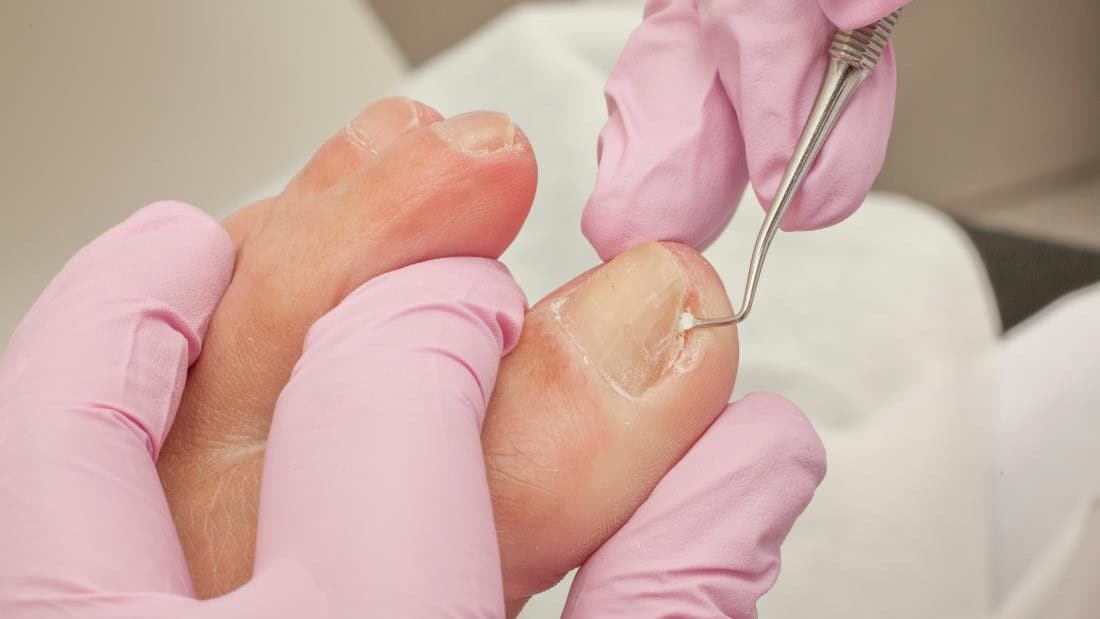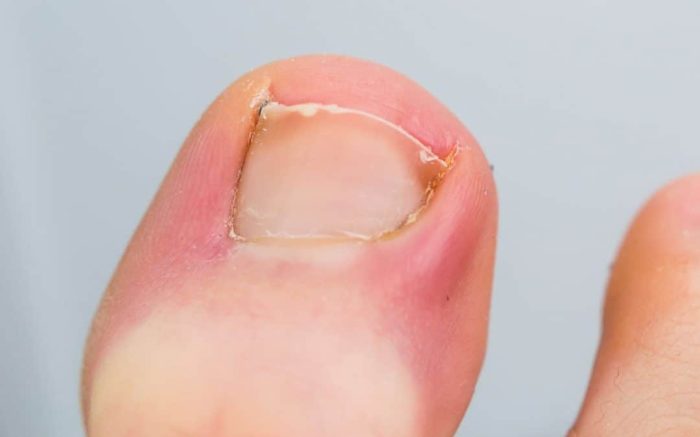
Have you ever noticed redness, swelling, or even pain in your toe that just won’t go away? Maybe it feels tender when you touch it, or you’ve spotted pus around the nail. If this sounds familiar, you could be dealing with an infected toe. At ModPod Podiatry, we know how uncomfortable and concerning this can be, but don’t worry—we’re here to guide you through what’s happening and how to fix it.
Let’s dive into the causes, symptoms, and treatments for infected toes, and we’ll also share some tips to help you prevent this pesky problem from coming back.
What Causes Toe Infections?
An infected toe can develop for several reasons, but the most common culprits are:
- Ingrown Toenails: When the edge of your nail grows into the surrounding skin, it can break the skin and allow bacteria to enter, causing an infection.
- Paronychia: This is an infection around the nail bed, usually caused by bacteria or fungi entering through small cuts or breaks in the skin.
- Fungal Infections: Conditions like onychomycosis (fungal nail infection) can cause thick, brittle, and discoloured nails, which can become infected if left untreated.
- Injuries or Trauma: A stubbed toe, a poorly trimmed nail, or wearing tight shoes can create an opening for infection.
- Poor Foot Hygiene: Not keeping your feet clean and dry can encourage the growth of bacteria and fungi, increasing the risk of infection.
If you’ve been dealing with any of these issues, your toe might be more vulnerable to infection.
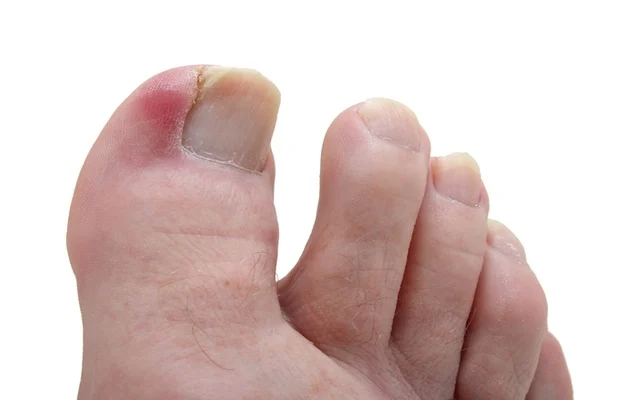
Our Locations: Sydney CBD, Mosman, Rose Bay, Dee Why, Ryde
Symptoms Of An Infected Toe
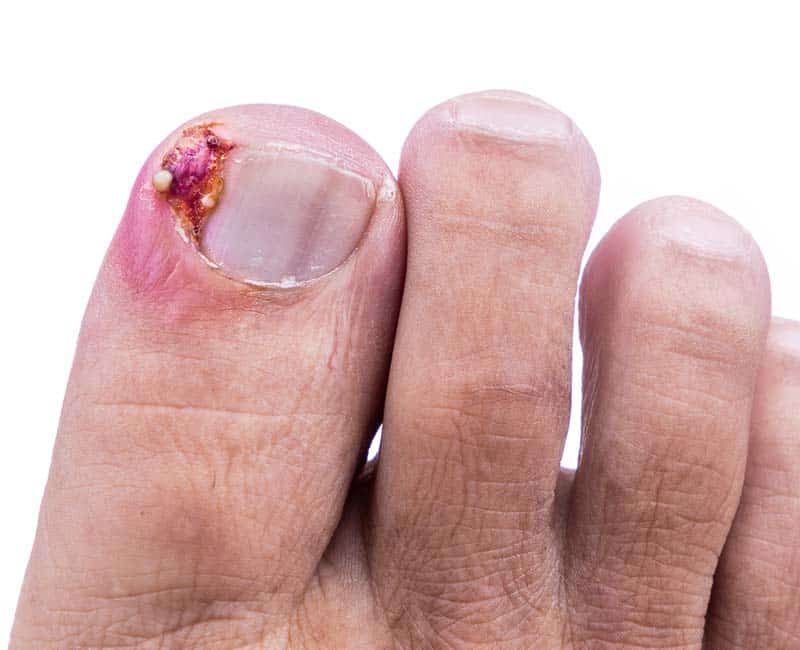
So, how can you tell if your toe is infected? Keep an eye out for these common symptoms:
- Redness and Swelling: The skin around your toe might look inflamed and feel warm to the touch.
- Pain and Tenderness: You might notice discomfort when walking or pressing on the affected area.
- Pus or Drainage: An infected toe often produces yellow or green fluid.
- Foul Smell: If there’s an unpleasant odour, it’s a sign of infection.
- Thickened or Discoloured Nails: In the case of fungal infections, your nail might become yellowish, brittle, or even separate from the nail bed.
If these symptoms sound familiar, it’s important to take action quickly. Ignoring an infected toe can lead to complications like spreading the infection to other parts of your foot or even deeper into the bone.
Treating An Infected Toe
At ModPod Podiatry, we’re all about getting your feet healthy and pain-free again. Here’s how you can treat an infected toe:
- Soak Your Toe: A warm saltwater soak (using about a teaspoon of salt in a basin of water) can help reduce swelling and draw out infection. Do this for 15–20 minutes, a few times a day.
- Apply an Antiseptic: After soaking, gently pat your toe dry and apply an antiseptic cream to prevent further bacterial growth.
- Use a Bandage: Covering the infected area with a clean, sterile bandage can protect it from dirt and bacteria.
- Take Pain Relief: Over-the-counter medications like paracetamol can help manage pain, but they won’t treat the infection itself.
- Seek Professional Help: If the infection doesn’t improve within a few days, or if it gets worse, it’s time to see a podiatrist. We can provide advanced treatments tailored to your specific condition.
For severe infections, you may need antibiotics or antifungal medications, and in some cases, minor procedures like draining pus or removing part of an ingrown nail might be necessary.
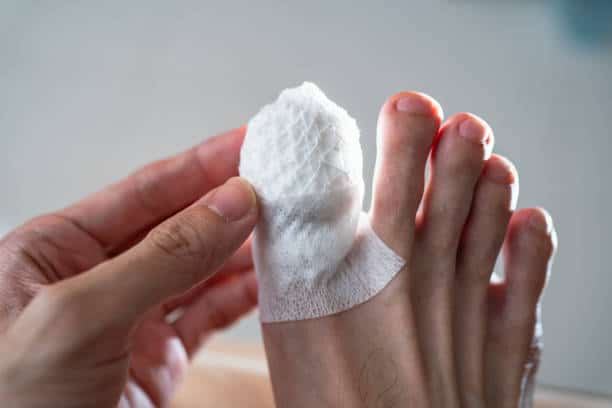
Preventing Future Toe Infections
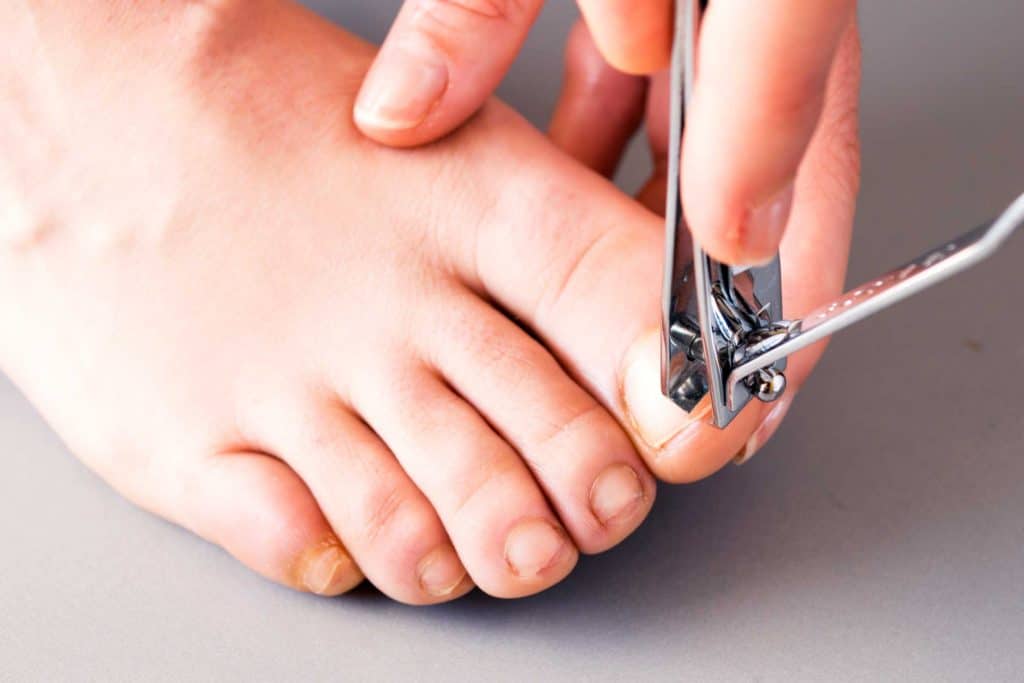
Preventing an infected toe is all about good foot care. Here are some tips to keep your toes healthy:
- Trim Nails Properly: Cut your nails straight across and avoid cutting them too short to reduce the risk of ingrown toenails.
- Wear Comfortable Shoes: Choose footwear that fits well and doesn’t squeeze your toes.
- Keep Your Feet Clean and Dry: Wash your feet daily, dry them thoroughly (especially between the toes), and avoid damp socks or shoes.
- Protect Your Feet: If you’re heading to communal areas like pools or gyms, wear thongs or sandals to avoid picking up fungal infections.
- Avoid Picking at Skin or Nails: Cutting your cuticles or picking at hangnails can create openings for bacteria or fungi to enter.
By following these simple steps, you can significantly lower your chances of dealing with an infected toe again.
When To See A Podiatrist
Sometimes, home care isn’t enough, and that’s where we come in. You should see a podiatrist if:
- The infection doesn’t improve within a few days.
- The redness, swelling, or pain gets worse.
- You notice spreading redness, streaks up your foot, or fever (these could indicate a more serious infection).
- You have diabetes or a compromised immune system—these conditions make infections more dangerous.
At ModPod Podiatry, we specialise in diagnosing and treating toe infections. Our experienced team will assess your condition, recommend the best treatment, and give you advice to prevent future problems.
